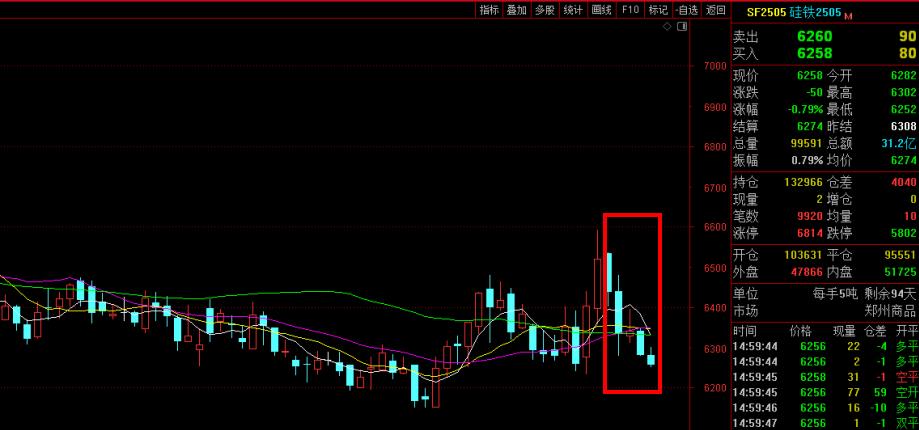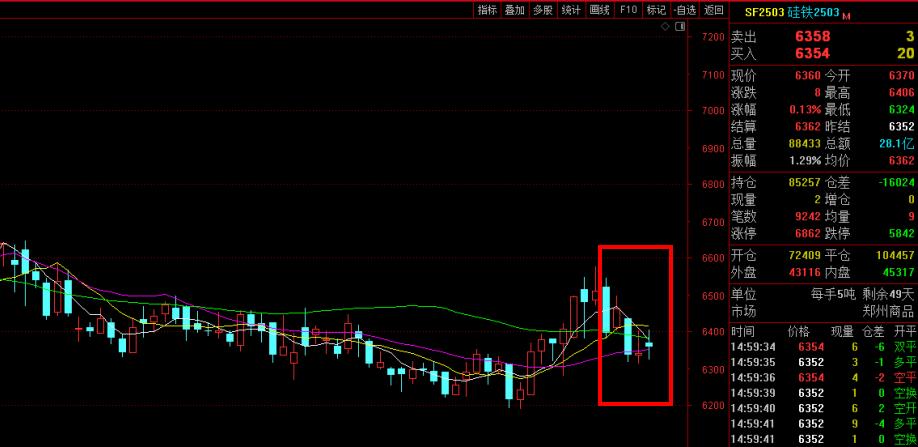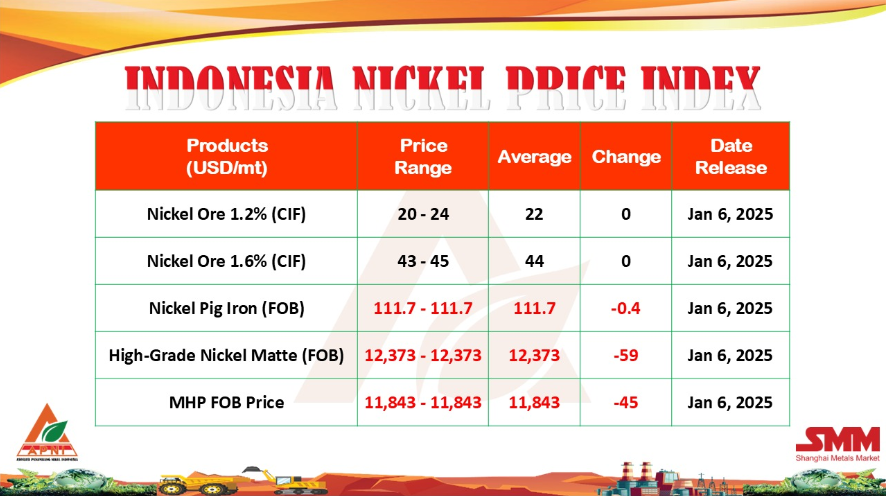[Ferro-Alloys.com]1. South Africa
Mine production: 6.2 million MT
South Africa is the world’s largest producer of manganese by a long shot. In 2015, its output of the metal increased by 1,000 MT, rising from 2014’s 5,200 MT to 6,200 MT. The country also holds the largest reserves of manganese, at 200 million MT.
Unsurprisingly, South32 is a major presence in the South African manganese space. South Africa Manganese, one of the company’s four operations in South Africa, is made up of Metalloys and Hotazel Manganese Mines, which is owned by Hotazel Manganese Mines Proprietary. Notably, Hotazel Manganese Mines is located in the manganese-rich Kalahari Basin, which holds 80 percent of the world’s known manganese ore resources.
2. China
Mine production: 3 million MT
China was the second-largest producer of manganese last year, recording output of 3 million MT; that’s the same amount it produced in 2014.
As mentioned, the country is also a major consumer of manganese as it uses large amounts of the metal in steelmaking; however, the country’s current sluggish economic growth means that lately it hasn’t required as much manganese as it usually does. And unfortunately, that situation doesn’t look likely to change in the near future — in a recent report, Shanghai Metals Market predicts that China’s manganese alloy output will grow less than 5 percent year-over-year for the next five years. That will “inevitably see an accelerated decline in [manganese] demand.”
3. Australia
Mine production: 2.9 million MT
Last year, Australia’s manganese production decreased, falling to 2.9 million MT from 2014’s 3.05 million MT.
Though South32 is a key player in the South African manganese space, it also has manganese operations in Australia. Australia Manganese, which the company has a 60-percent stake in, is made up of the GEMCO open-cut manganese mine and the TEMCO manganese alloy plant. According to the company, GEMCO is one of the world’s lowest-cost manganese ore producers.
Anglo American (LSE:AAL) holds the other 40-percent interest in Australia Manganese, and earlier this year South32 said it would be interested in buying Anglo’s share “if the price is right.”
4. Gabon
Mine production: 1.8 million MT
In 2015, Gabon produced 1.8 million MT of manganese, slightly down from the 1.86 million MT it put out in 2014.
The Moanda mine is a key manganese operation in the country. ERAMET (EPA:ERA), the world’s second-largest producer of high-grade manganese ore, operates the mine through its subsidiary COMILOG. In 2014, ERAMET’s overall manganese production totaled 3.5 million tons — that was less than expected due to an accident that affected the railway in the country.
5. Brazil
Mine production: 1 million MT
Brazil produced 1 million MT of manganese in 2015, slightly less than the 1.04 million MT it put out in 2014. Major miner Vale (NYSE:VALE) is the largest producer of manganese in the country, and accounts for a whopping 70 percent of its market. According to the company, 80 percent of the manganese it produces comes from the Azul mine.
Like China, Brazil is a consumer of manganese in addition to being a top producer of the metal. Interestingly, a recent infographic from Visual Capitalist suggests that in the future, much of the manganese that Brazil uses could to go the agricultural sector. The country is a major supplier of agricultural products, but the land it uses to produce those products is low in manganese. As a result, the country’s demand for manganese is expected to grow in coming years as farmers look to improve crop health.
6. India
Mine production: 950,000 MT
In 2015, India produced 950,000 MT of manganese, off slightly from 2014’s 945,000 MT.
As with China and Brazil, the country is a big consumer of manganese as well as one of the top producers in the world. Unfortunately, that could pose problems for the country in the years to come — according to the Indian Ministry of Mines, the country will face a shortage of manganese for steel production by 2020. The organization’s report, “Manganese Ore: Vision 2020 and Beyond,” outlines the need for increased production to support growing domestic manganese demand.
7. Malaysia
Mine production: 400,000 MT
Malaysia put out 400,000 MT of manganese in 2015, higher than the 378,000 MT it produced the previous year. The US Geological survey notes in a 2013 report on the country that its manganese output had gradually ticked upward since 2005. It also states that Malaysia’s manganese is found in the states of Johor, Kelantan, Pahang and Terengganu.
8. Ghana
Mine production: 390,000 MT
Ghana’s 2015 manganese output clocked in at 390,000 MT, down from 418,000 MT in 2014. Most manganese in the country is mined in the area around Takoradi.
Consolidated Minerals, better known as Consmin, is one of the four largest producers of manganese in the world by volume, and holds a 90-percent stake in Ghana Manganese Company, which runs the Nsuta mine. Nsuta has total reserves of 45.01 million MT grading 28.16 percent manganese, and total resources of 101.3 million MT grading 26.8 percent manganese.
9. Kazakhstan
Mine production: 390,000 MT
Like Ghana, Kazakhstan produced 390,000 MT of manganese in 2015; that’s up slightly from 380,000 MT the year prior. Privately owned Eurasian Natural Resources runs multiple manganese mines in Kazakhstan. In 2014, Glencore (LSE:GLEN) was said to be interested in buying those assets, but ultimately did not do so.
10. Ukraine
Mine production: 390,000 MT
As with Ghana and Kazakhstan, Ukraine produced 390,000 MT of manganese in 2015; the previous year it put out 422,000 MT. Interestingly, the country has the second-largest reserves of manganese in the world, at 140 million MT. Russia Insider has said in the past that it’s difficult for the country to harness its mineral resources due to a combination of corruption, war and mismanagement.
(Sources: Manganese Investing News)
Article from Internet for Reference only
Copyright © 2013 Ferro-Alloys.Com. All Rights Reserved. Without permission, any unit and individual shall not copy or reprint!
- [Editor:Sophie]



 Save
Save Print
Print Daily News
Daily News Research
Research Magazine
Magazine Company Database
Company Database Customized Database
Customized Database Conferences
Conferences Advertisement
Advertisement Trade
Trade














 Online inquiry
Online inquiry Contact
Contact

Tell Us What You Think